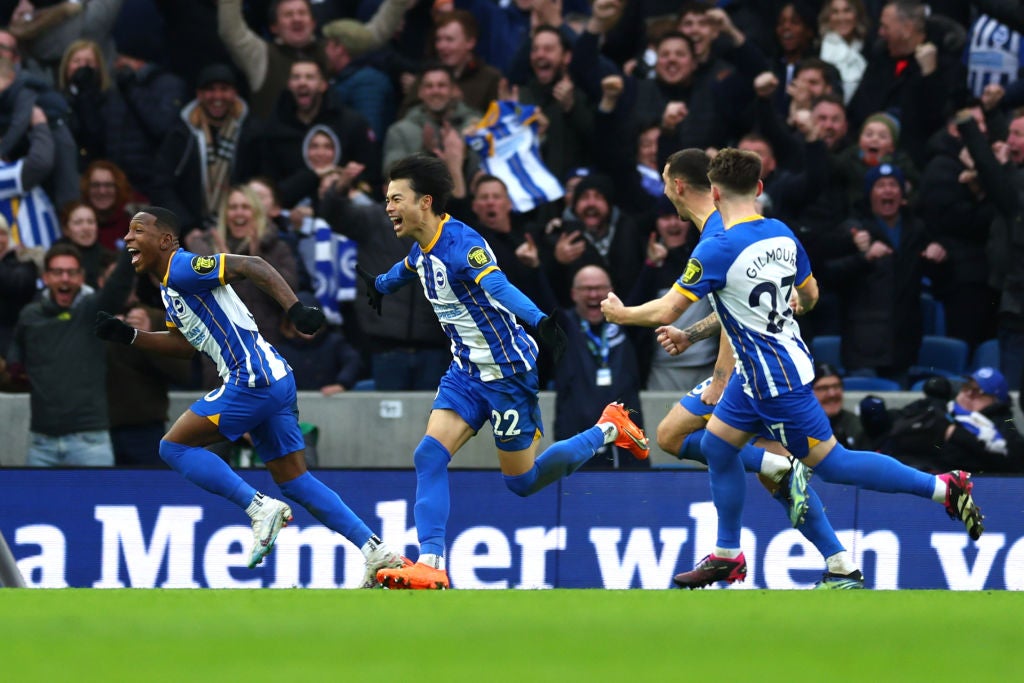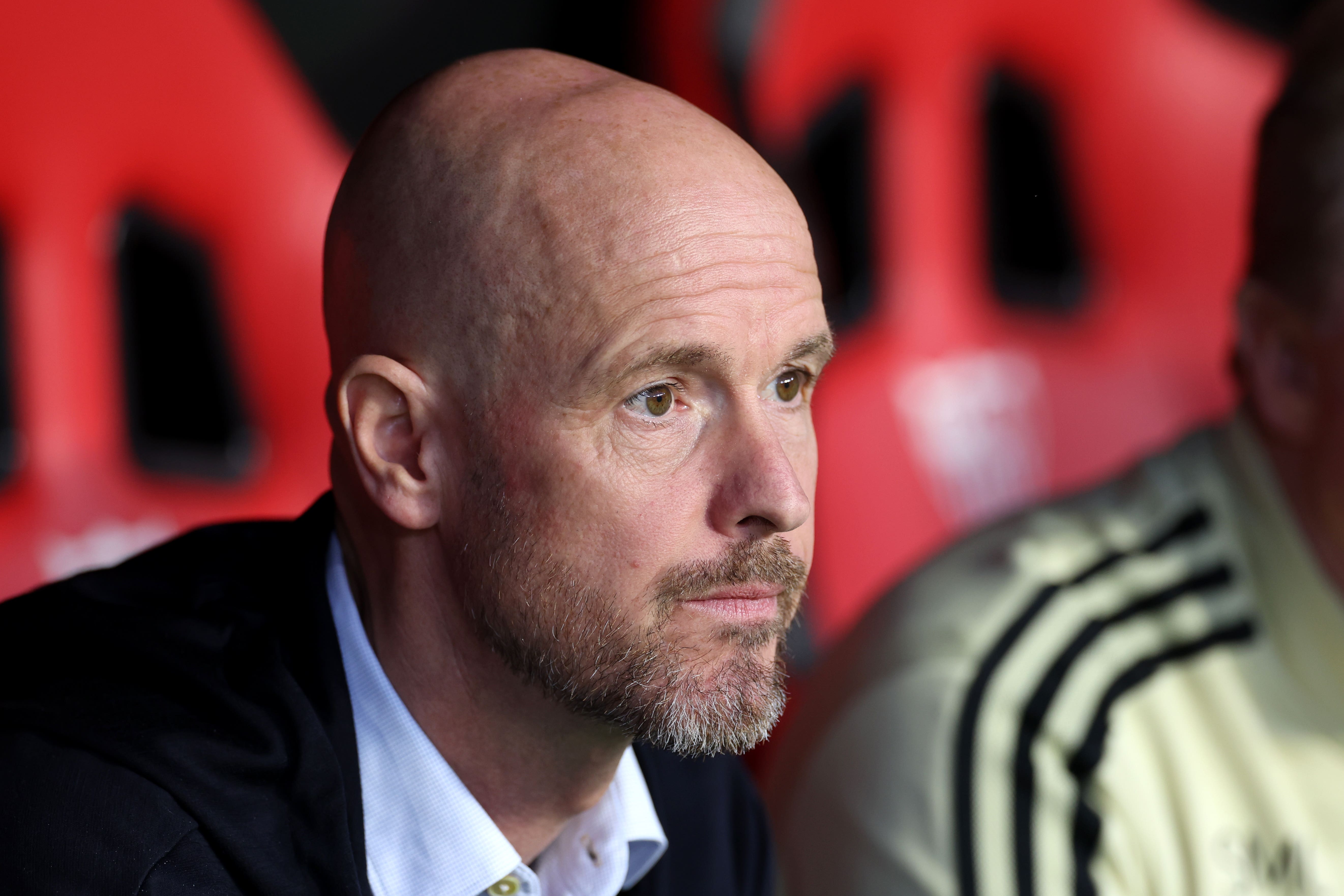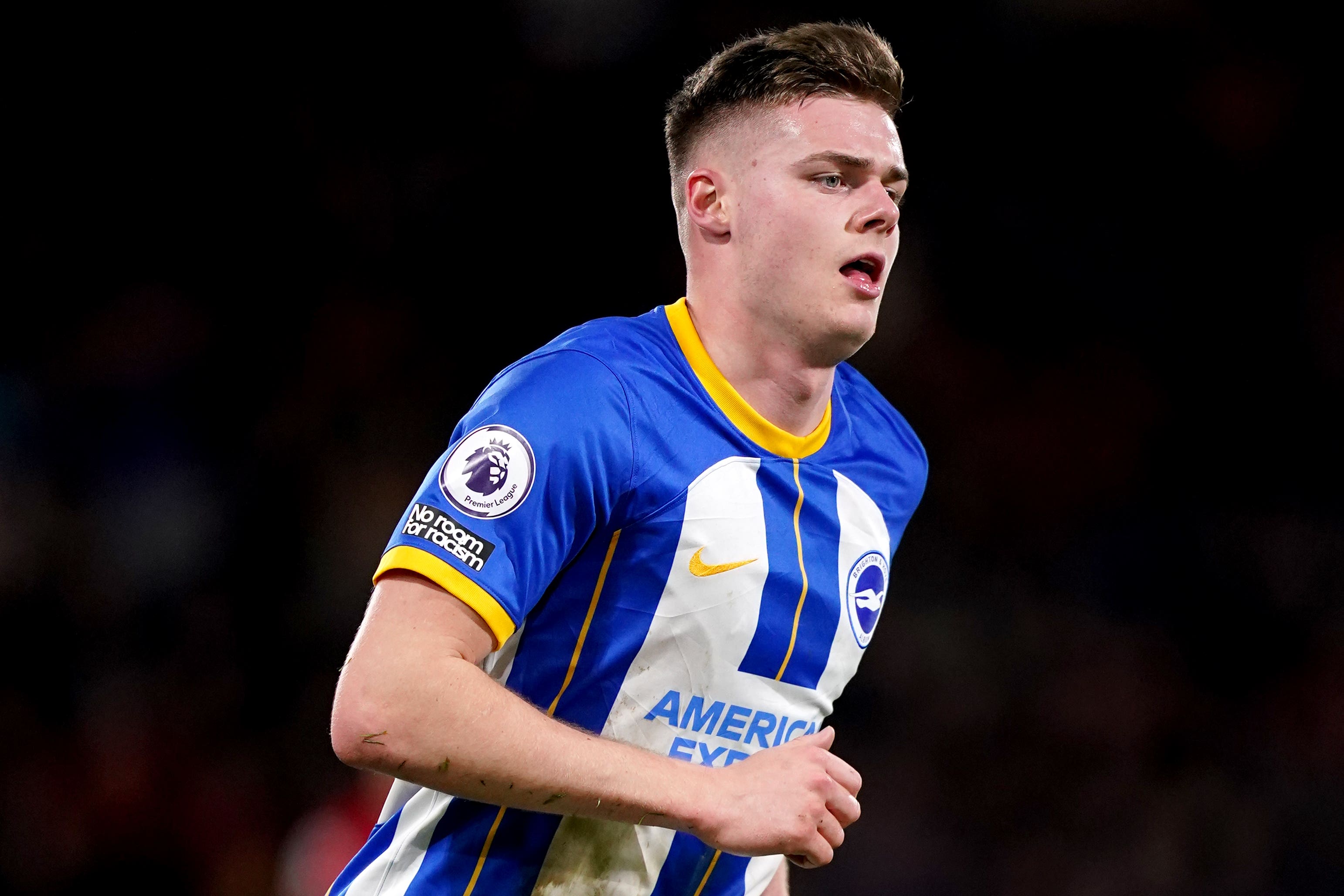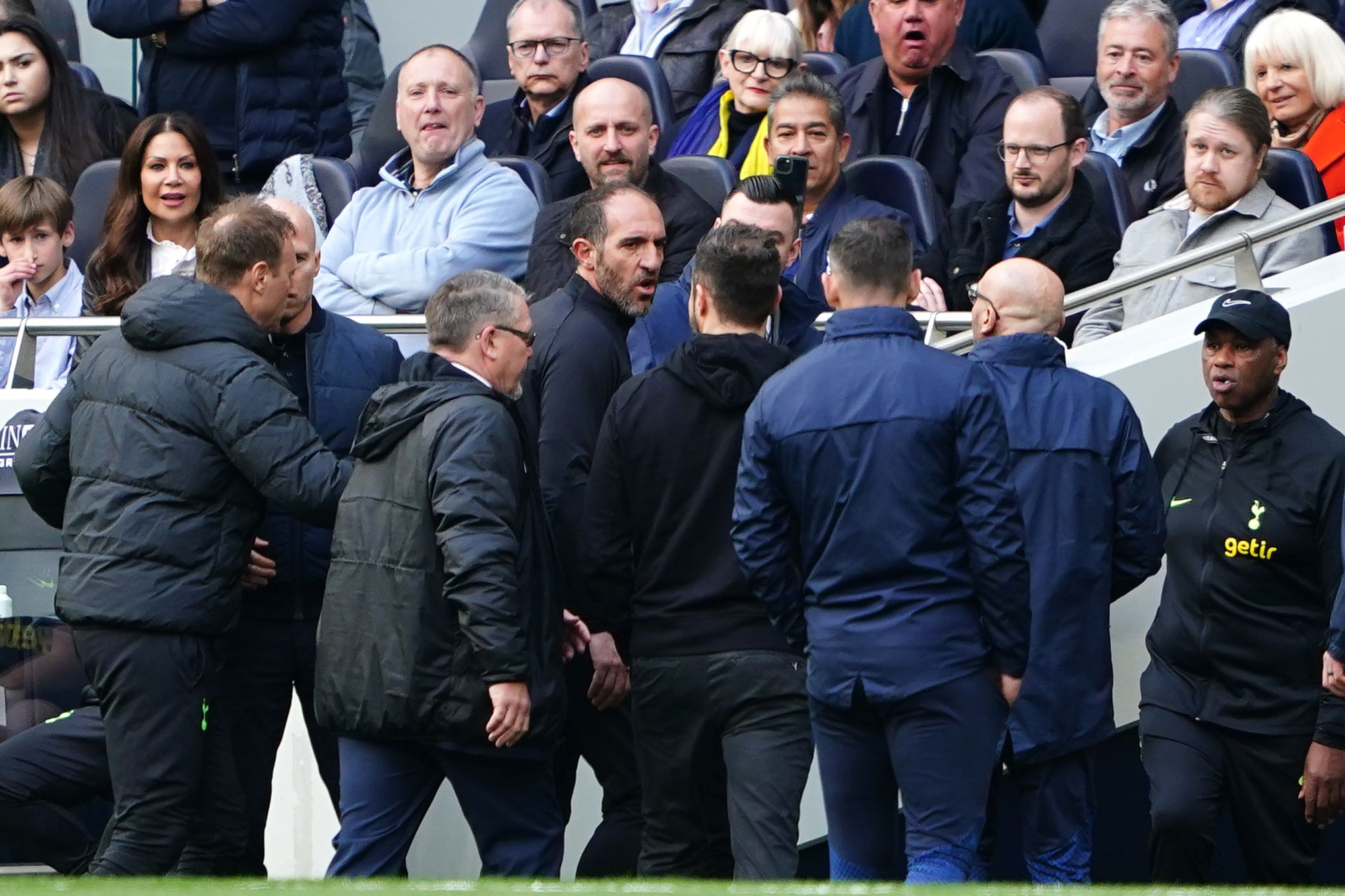The secrets behind the Brighton machine that defies football reality
Only Ben White, Leandro Trossard and Dan Burn have gone onto anything better and that doesn’t feel like coincidence. It is a consequence of the system.
This should be one of the main lessons of the Brighton story, not least because of how it illustrates a growing gap in the game.
The implementation of proper systems and ideologies is proving a key difference between clubs but it is arguably most important as regards players.
They can look completely different depending on the framework they’re in. The right system amplifies a player’s abilities. The lack of one leaves them looking nothing like the same talent.
Brighton’s opponents on Sunday, and their grand obstacle to a truly great day in the club’s history, arguably know this better than anybody. If for the wrong reasons.
That is also much more recent than the many disappointing signings Manchester United have made since Sir Alex Ferguson retired. Current successor Erik ten Hag has watched many of his 2018-19 Ajax prospects fall somewhat short of that surge to the Champions League semi-final. Among them, to varying degrees, are Hakim Ziyech, Donny van de Beek, Matthijs de Ligt and Frenkie de Jong.
They haven’t been used in the same way. The experience of Van de Beek at United, most of all, is cautionary. It’s sad in that it isn’t his fault but he just wasn’t bought for the role he should have been.
Ten Hag has taken the first steps to try and address this by imposing a deeper tactical system on United, and it has had some success. The potential could be seen in the build-up to the League Cup victory.
Kaoru Mitoma of Brighton celebrates after scoring against Liverpool
Brighton have such a chance on Sunday, though, for the same reasons that Sevilla reduced Ten Hag’s side to such a rabble on Thursday.
United have a hugely expensive squad but one that is built to multiple tactical ideas, if you can even call some of them tactical ideas at all. It means that, even though Ten Hag has creditably used players like Aaron Wan-Bissaka, a good chunk of his squad aren’t really suited to his system. Among them are Harry Maguire and David De Gea. So, any time he is missing a few core players, the links go and the level drops.
This isn’t to make excuses for Ten Hag, especially given the club spent £300m last summer. The most expensive signing is an instructive example, though.
Those with knowledge of how both Ajax and United work talk of how, at the Dutch club, Antony had a clear role with constant reference points. The Brazilian had a 10 to the left of him and a forward in front, that he instinctively knew how to play off. It was why he was evolving as a player to the point United spent so much. They just don’t yet have the same system.
Antony has more ground to cover. It leaves him more exposed, which is all the more important when he’s still such a young player – regardless of price tag.
Brighton would never allow that to happen, and that doesn’t just apply to paying such a fee.
Players are signed to fit, and generally ahead of schedule. As with the case of Kaoru Mitoma, they are given time to adapt before having to step in as first-team players. The successors are already there before sales are made. This points to one of the most impressive elements of Brighton’s trajectory, especially after a half-decade of constant improvement in the Premier League.
Evan Ferguson has earned praise from boss Roberto De Zerbi
The competition has had a series of “model” clubs, from Swansea City to West Brom to Southampton. All have buckled, with so many going down, and Southampton set to make it another this season. That is mainly because it is impossible to indefinitely sustain the same level when you keep having to sell players.
Brighton have so far bucked that, and actually gone to higher levels.
That is almost unprecedented, as is the length of time they managed this. The lifespan of such models is usually only about four to five seasons before cracks emerge.
One possibility is not just the quality of Brighton’s recruitment but also the sophistication of their secretive analytical model, combined with old-fashioned good governance. The club’s database offers 25 prospective replacements for every trackable individual at the club. Brighton also have scouts for every single position. It is highly specific.
It means they are always thinking ahead – but in more than one sense. Brighton have an intelligence group that ensures they are not recruiting replacements but recruiting for the future of the game; for the next evolution. That is how they could go from Potter to someone who not only fits that but who is doing something genuinely innovative in Roberto De Zerbi.
It in effect means they aren’t looking to sustain the same level but constantly moving. No one is indispensable because no individual will be in quite the same role. There’s a lift before any drop-off.
That admittedly doesn’t remove risk, in the words of technical director David Weir on BBC this week, but it does minimise risk.
Roberto De Zerbi celebrates with Alexis Mac Allister and Brighton players at Chelsea
The real challenge Brighton might find, however, is in constantly seeking to maximise. After this summer, they will no longer be looking to recruit for the positions of 14th to 8th, that massively fluid middle area of the Premier League. It will be about a higher level of player.
Recommended
That will bring a higher threshold, as well as higher demands.
It’s where hard proof of success, like a Champions League place or FA Cup, greatly helps. Brighton could be on the brink of the greatest moment in their history, but it is just as important to the future.
Source: Read Full Article







